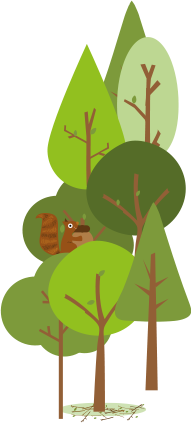

How do we manage risk at forest school?
6th December 2019
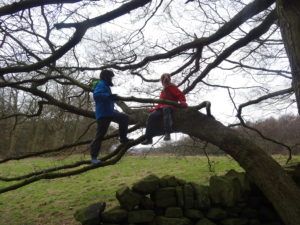
In 2011, the six principles that make up the ethos of Forest School were agreed by the UK Forest School community. “Forest school offers learners the opportunity to take supported risks appropriate to the environment and to themselves” is one of the principles, working alongside the other five to support child-led learning in outdoor, practitioner-led environments. By allowing children to participate in activities that incorporate managed risk, we build confidence in the short term and allow children the opportunity to form essential skills needed to prepare for adult life. Not only this, but it also builds resilience, which is a key factor in supporting good mental health throughout childhood and adult life. So-called risky elements like fire, tool work and exploring are part of what makes forest school exciting for children – and are great tools for their development.
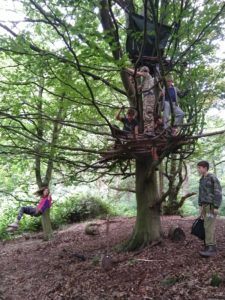
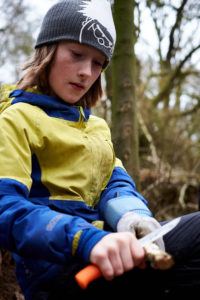
There are some crucial elements key to ensuring activities that carry risk are facilitated and managed in a safe and constructive way. Top of the list has to be the Forest School Practitioner. Forest school can only support learning in the correct way if its delivered by a fully trained practitioner. Forest School Leaders are qualified to Level 3 in Forest School Skills, which means they have been trained and assessed to demonstrate:
- An understanding of child learning and development
- Awareness of the impact on the environment and individual
- Knowledge of woodland plants, animals and how to care for them
- Practical outdoors skills such as fire lighting, tool use, cooking, knots and how to safely teach to others
- The ability to ensure all activities are managed to an acceptable level of safety, whilst understanding the relationship between risk and developmental benefit
In addition to the forest school training, the level 3 qualification requires practitioner to have passed a Pediatric First Aid course.
Second on the list is the risk assessment. At Get Out More we update our site assessments annually, but practitioners assess the site each visit to check for changes e.g caused by weather, tree disease or other woodland users. We also have policies on approaches to different situations and activity risk assessments for every type of activity, such as tool work, fire or off ground activities. We log any accidents, incidents and near misses at sessions through the year and use these notes to update the policies and risk assessments so we’ve thought about ways to mitigate the bad stuff happening, without taking away the elements of challenge and adventure. From wasp stings to fractured arms, as individuals and organisations, we can learn from mistakes.
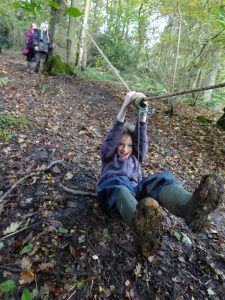
The process of balancing risk and benefit with a forest school is complex and dynamic, changing with the weather, the children and the relationships on the day, but with good training and experience, we can take a healthy view of risk as an essential part of the fun.

